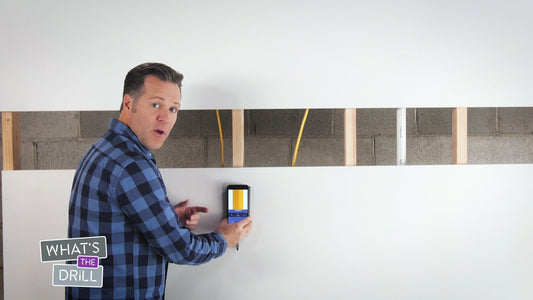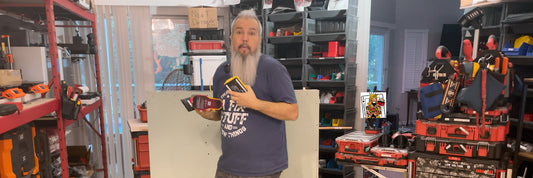Adding outlets or switches to your home can greatly enhance convenience and functionality. We’ll help you do it carefully.
You don’t want to touch a wire behind the wall
Before starting, it's crucial to understand the basics of home electrical systems and the inherent dangers. Always turn off the power to the area where you'll be working at the circuit breaker.
Confirm the power is off using a voltage tester.
Tools and equipment needed
- Stud finder with electrical wire detection
- Voltage tester
- Drywall saw
- Drill
- Screwdrivers
- Electrical boxes, outlets, or switches
- Wire, wire caps, and electrical tape (if extending circuits)

Locating safe cutting areas
- Use a stud and wire finder: Carefully scan the area where you plan to add an outlet or switch. Advanced stud finders can indicate the presence of electrical wires behind the drywall.
- Plan your cut: Once you’ve determined a safe area free of wiring, mark where you’ll cut the hole for your new outlet or switch. Standard electrical boxes can be used as a template for marking.
Making the cut and installation
- Cutting the drywall: Use a drywall saw to carefully cut out the marked area. Be cautious and proceed slowly to avoid damaging any unseen wires.
- Wiring the outlet or switch: If you're extending an existing circuit, ensure you have the proper wire type. If you're not experienced with electrical work, this is a good point to consult a professional electrician.
- Installing the box and fixture: Install the electrical box into the hole and secure it. Then, connect the wiring to your new outlet or switch, and fix it to the box.
Testing and safety checks
Once installed, turn the power back on and test your new outlet or switch with a voltage tester or by plugging in a device. Check for any issues like overheating or sparking.
By carefully planning your installation and respecting the dangers of working with electricity, you can safely add to your home's electrical system. Remember, when in doubt, it's always safer and wiser to seek the help of a professional electrician.




